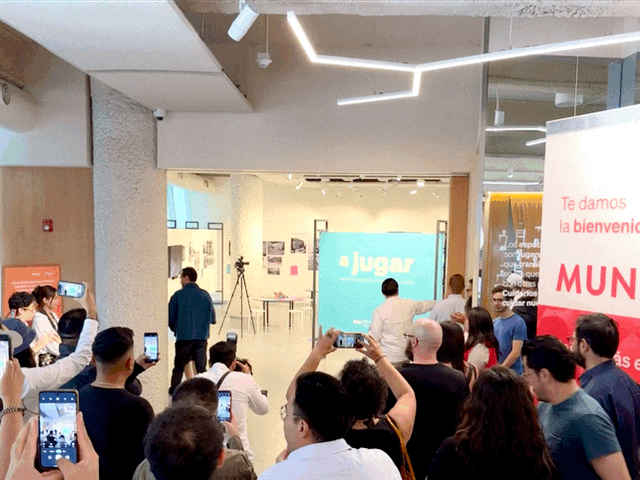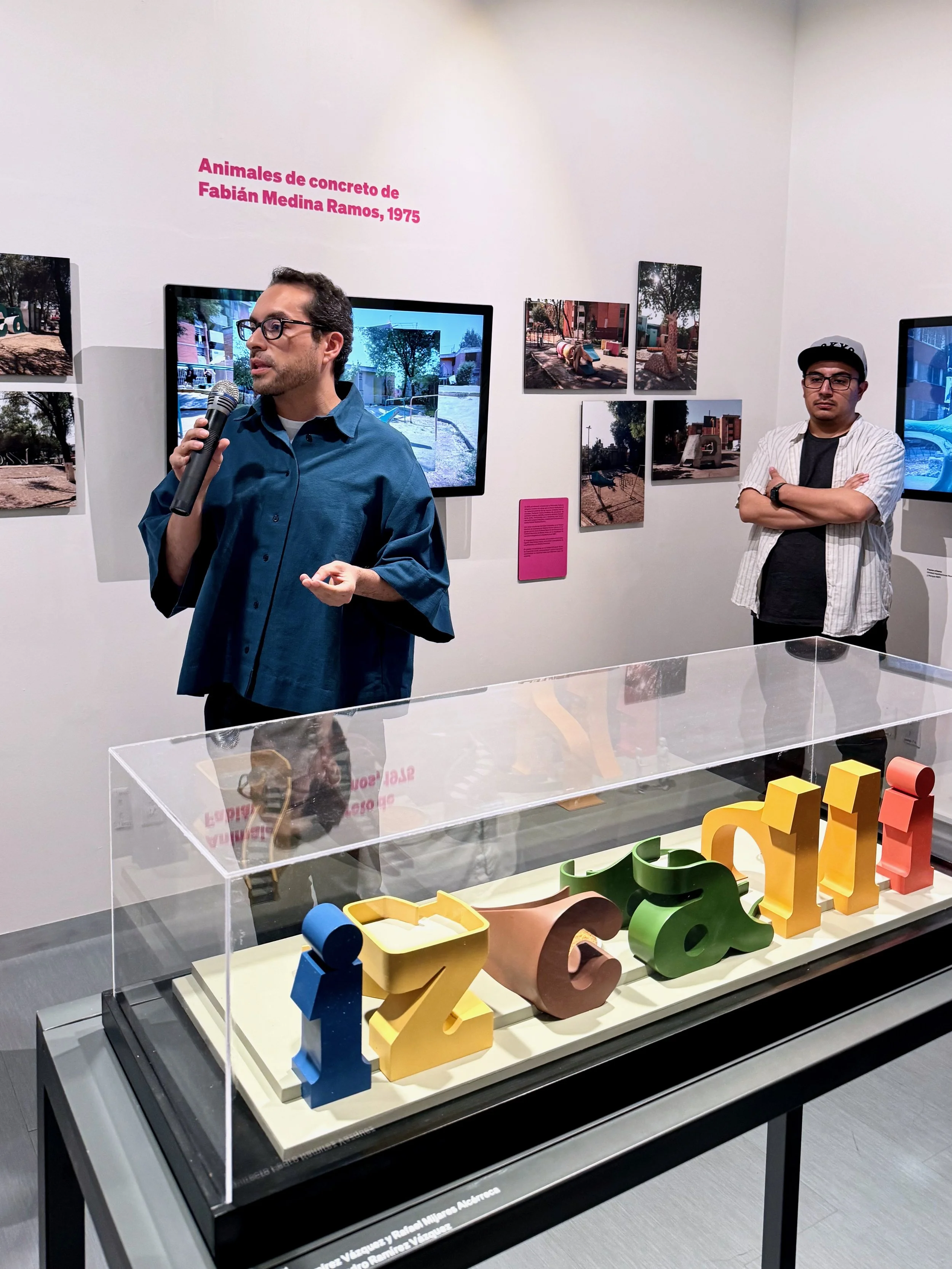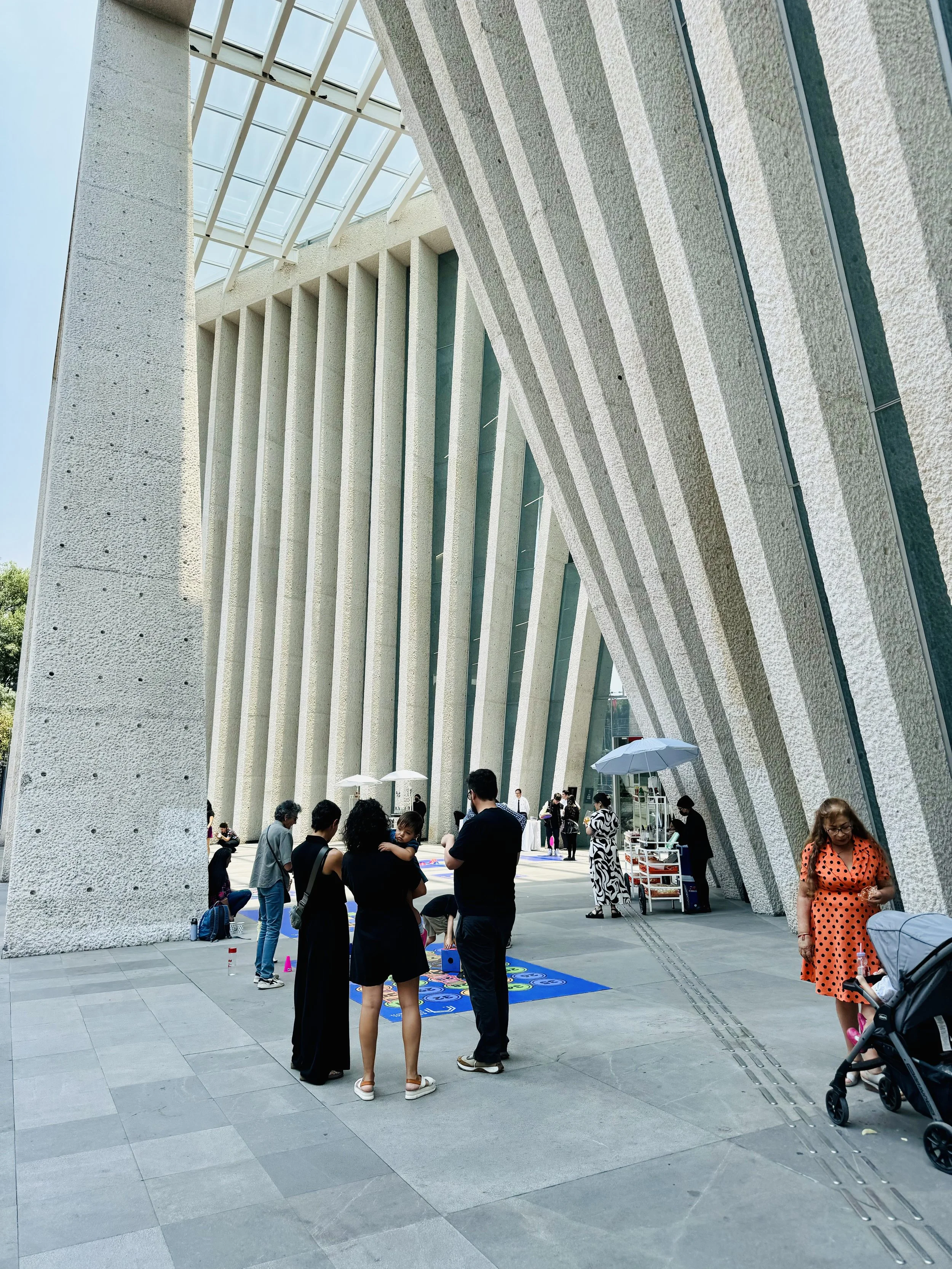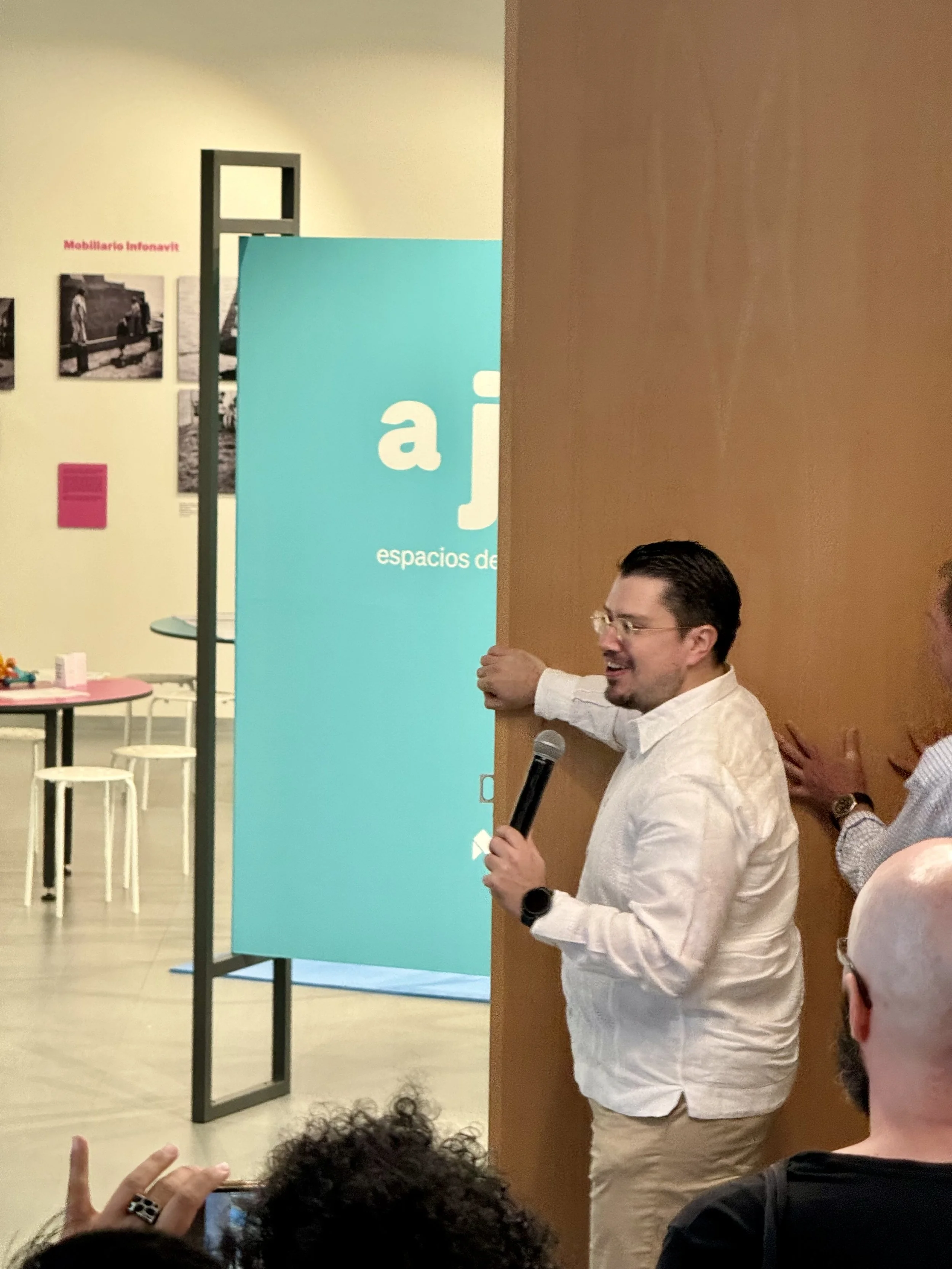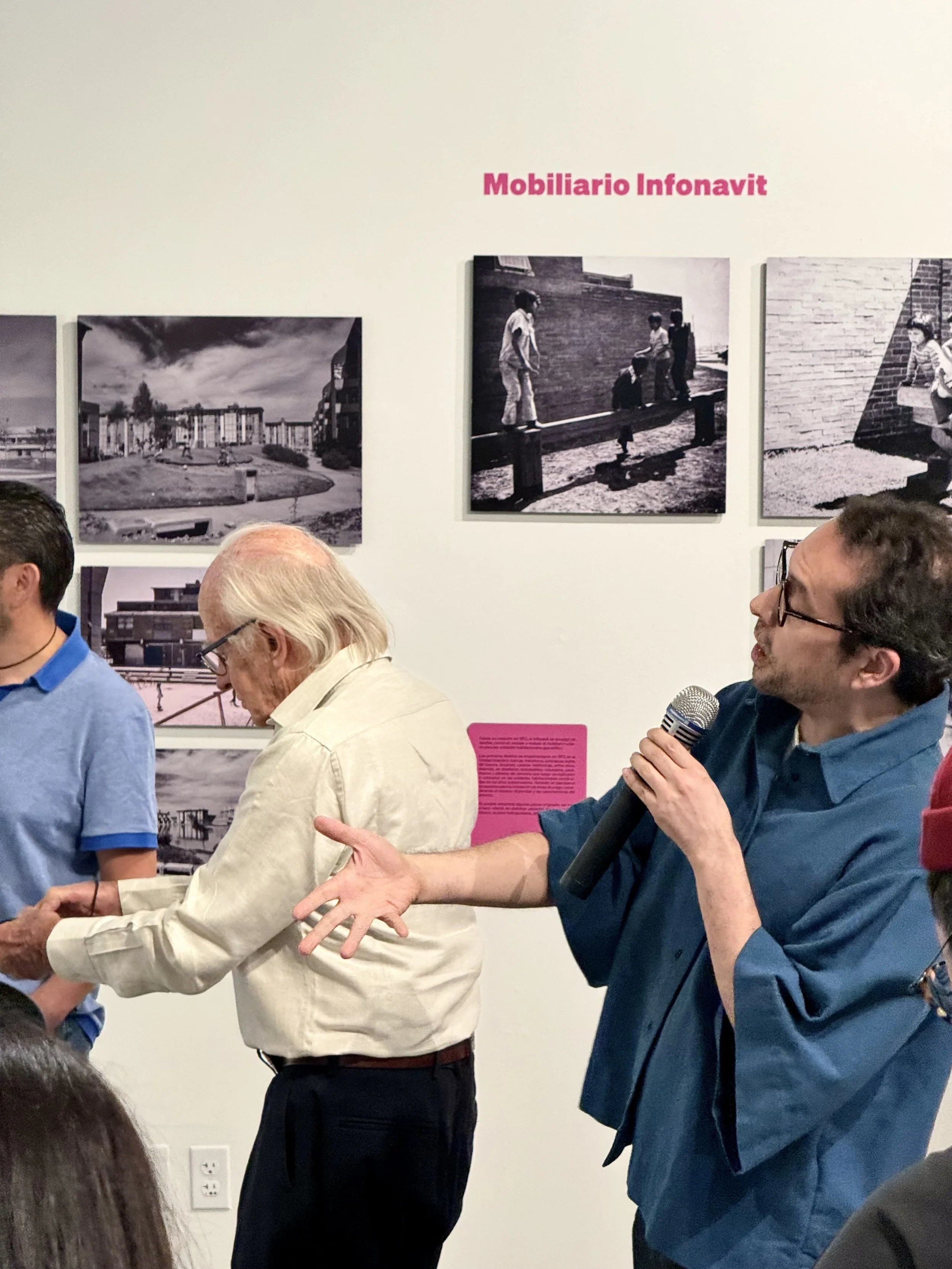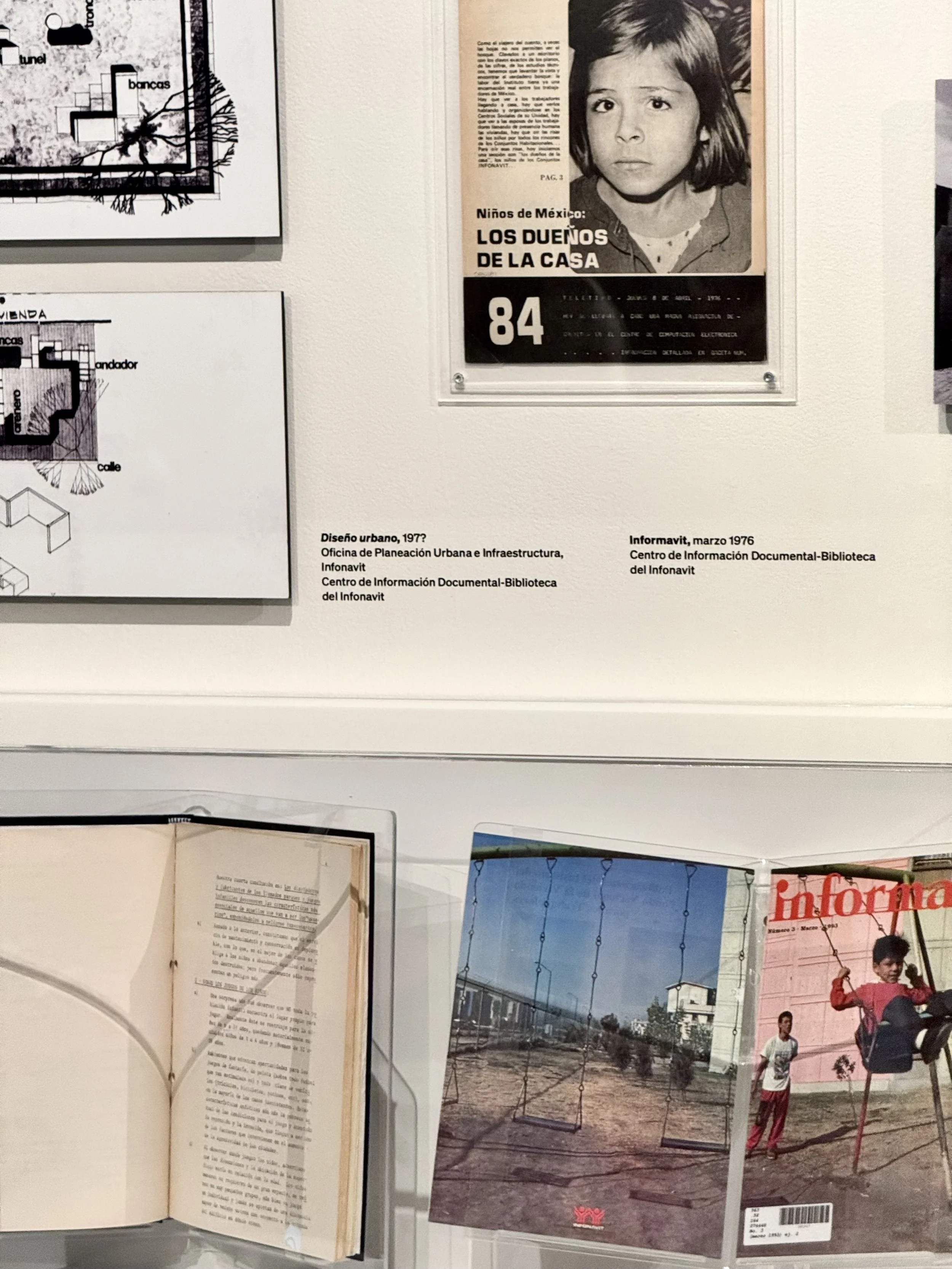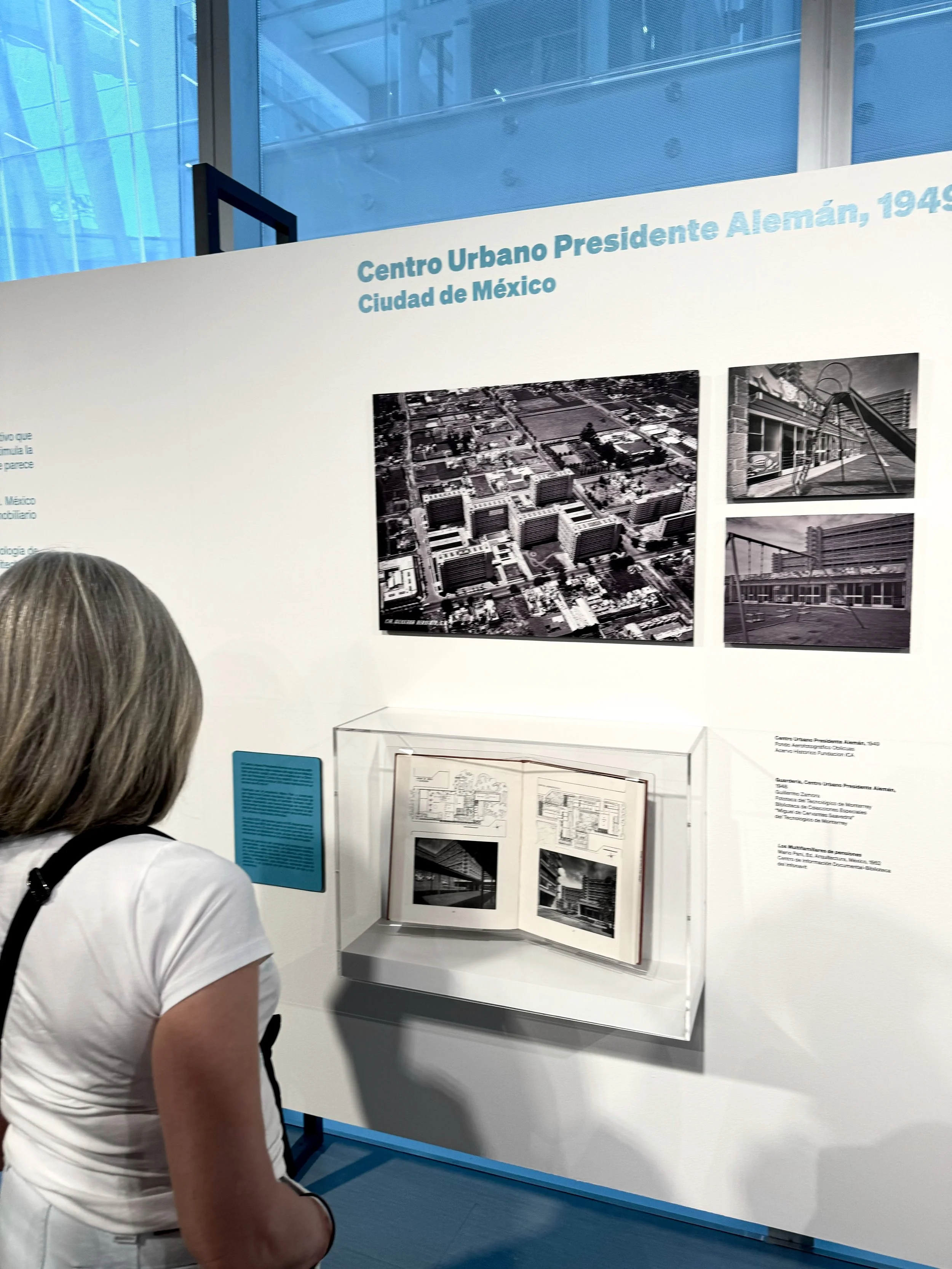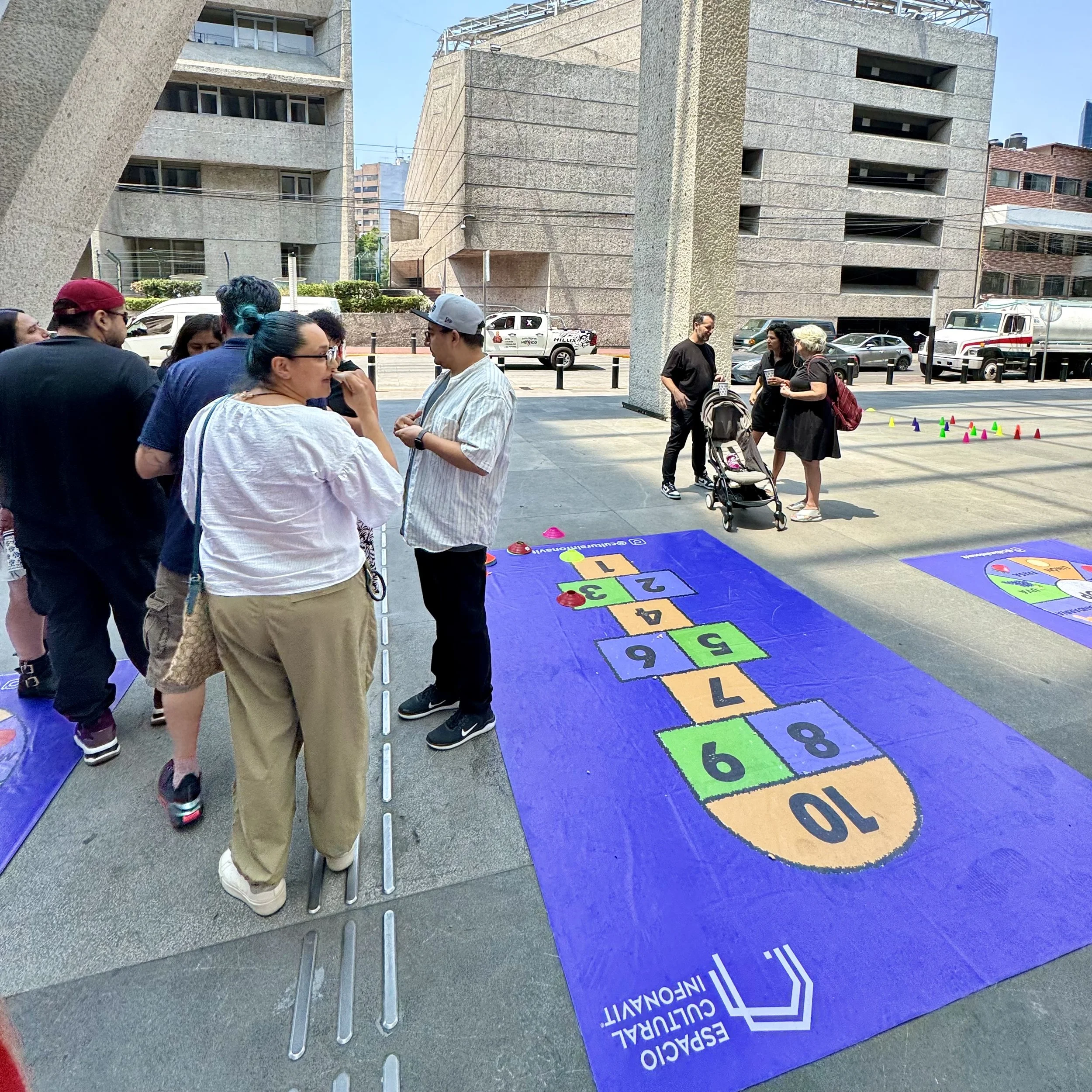“A jugar” exhibit - MUNAVI
Opening of “A jugar” exhibit at the Museo Nacional de la Vivienda.
Have you ever thought of the importance of playing? If you’re a parent, your answer is probably yes. But playing goes beyond the traditional notion of the developmental benefits of one being. It’s important in many different contexts, such as in school, with other family members, with your neighbors, etc.
Let’s take a step back.
At a larger scale, playing is fundamental for development not only of the individual, but of the social fabric.
Through play we develop social skills by sharing, listening, compromising. We explore, discover, fail and try again. We realize that we have to work together towards one goal. It is group dynamics and collaboration, while also building trust and spending time with new people. We “resolve conflicts and adhere to rules. In turn these important early lessons help children understand the roles and rules in society”. [1]
Playing is of such importance that it’s included in the United Nation’s Convention of the Rights of the Child [2] and when it’s time to design new spaces, architects & urban planners bare a big responsibility regarding their impact on a community.
The intersection of design and social well being is a well studied one. Urban planning plays a huge role in our daily lives, and impacts our children too. If we consider leisure and play a fundamental right, to take into consideration the impact of public open spaces for social interactions at every level is mandatory. “It means putting the needs of people and communities at the heart of the urban planning process and considering the implications of decisions for human health and well-being.” [3]
Under this optic, public playgrounds are a no brainer. An evident part of the design when creating housing estates is allowing leisure and recreation and this exhibit, “A Jugar”, which is hosted at the Museo Nacional de la Vivienda in Mexico City, explores through three major cores, the relevance of playgrounds and their integration in projects throughout the country.
Curated by the MUNAVI team, this exhibit showcases over 70 pieces, including photographs, videos and models, that show the importance of these spaces created by professionals who collaborated to envision and create safe and free play zones in various housing units.
We can see emblematic projects that have integrated play areas, like the famous “Unidad Independencia” known for offering not only a roof tho thousands of workers, but also a space that would integrate social services from the Mexican Institute of Social Services, such as social, cultural, sports and recreational facilities. Other examples shown are the “Conjunto Urbano Nonoalco-Tlatelolco”, more commonly know only as Tlateloco, with it’s fantastic modernist style and Cultural Heritage site of Mexico City [4], as well as the “Unidad Iztacalco”.
We can also appreciate fun examples of urban furniture, like the playful concrete animals by Fabian Medina Ramos built for the “Parque Morelos” in Guadalajara and a fantastic model of the “izcalli” letters by renowned architect Pedro Ramírez Vázquez [5].
Finally, in the last section, we can learn about contemporary projects that continue to integrate and develop playgrounds in it’s newer forms, like the "Unidad Habitacional Manuel M. Ponce”, built in Fresnillo, Zacatecas, among other examples.
It’s very interesting how such things may impact hugely in a society and it makes you reflect on the quality of life of a city. Incorporating child friendly insights means healthier childhoods and therefore healthier communities.
“A child-friendly city looks a lot like a sustainable city. A child-friendly city is also a city with a bright future.” [6]
This temporary exhibit opened on may 18th and will close on August 18th 2024.

